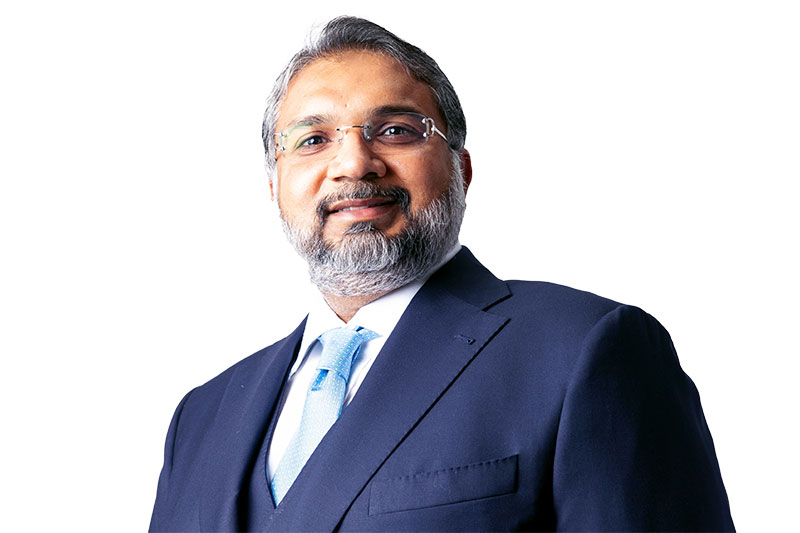A global pandemic is a sure-fire way to show the world the importance of PPE. That is exactly what happened through the COVID-19 pandemic, and the aftereffect of this is that PPE quality was brought into the spotlight.
Goggles are just one part of the cog in this machine, and Atif Sarfraz is one of the people trying to address this world need. With 15 years of experience behind him, Sarfraz is now CEO of cleanroom goggle start-up, Klaritex Cleanroom Solutions.
Being an industry veteran with years of experience at 3M, Johnson & Johnson and Univet, in 2023, Sarfraz decided it was time for a new challenge. Together with Shariq Suri, the two founded Klaritex in January 2024. Sarfraz and Suri now operate as Directors, with Sarfraz as CEO and Suri as Chief Strategy Officer.
So from his base in Canada, Sarfraz has seen first hand what is happening in the cleanroom goggle market in recent years and into 2025 and now he talks to Cleanroom Technology about exactly what he is seeing.

Atif Sarfraz
Sustainability
“One major trend is the increasing interest in sustainability,” Sarfraz says. “Traditionally, many products have been single-use, but now we’re seeing more conversations around reusables, recycling, and bio-based materials.”
Currently, very few products on the market use these types of materials. Most goggles are made from polycarbonate or TPU (thermoplastic polyurethane), which are high-performance polymers that are not typically recycled due to purity and performance control issues.
“Discussions are underway about how to introduce recycled polymers into eyewear or garments without compromising performance. It’s not a solved issue yet, but the momentum is there. Customers are increasingly asking not just about technical performance but also environmental impact.”
If some of these issues were to be resolved, then the cleanroom goggles market might be able to follow the same trend as other cleanroom apparel markets, such as garments that use recycled polyester and recycled PET.
Sarfraz thinks that in lieu of this, the market will continue to see pressure to reduce waste, both in the production process and in final product use.
Innovation in production
When looking at what is creating the competitive advantage for suppliers, comfort and safety are also key consumer drivers for this market in 2025.
Sarfraz mentions that innovations like
